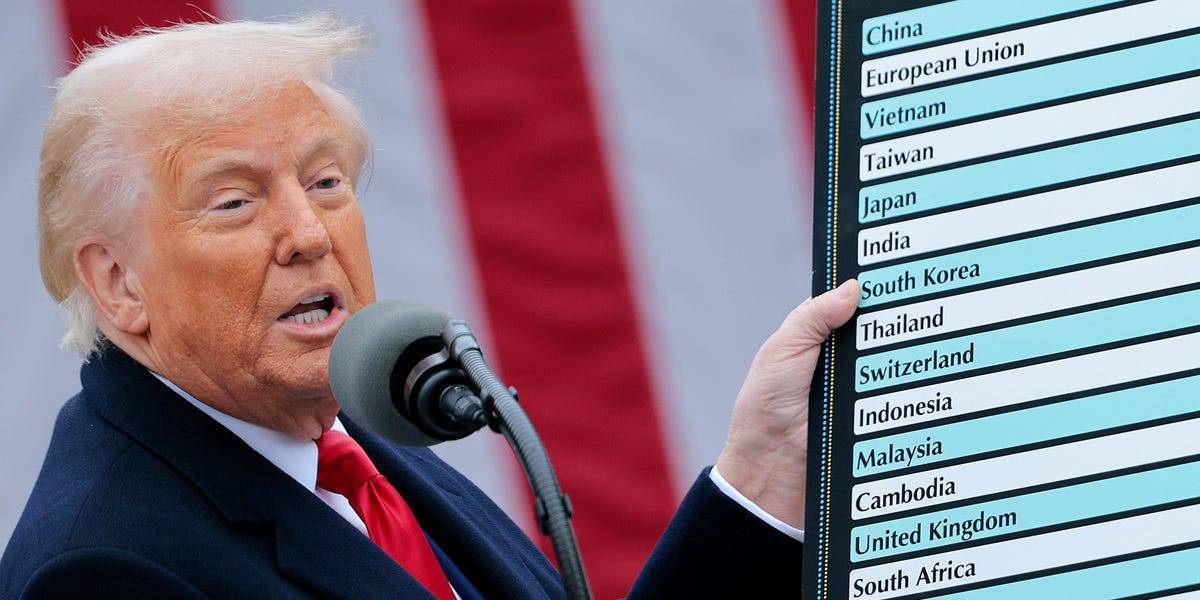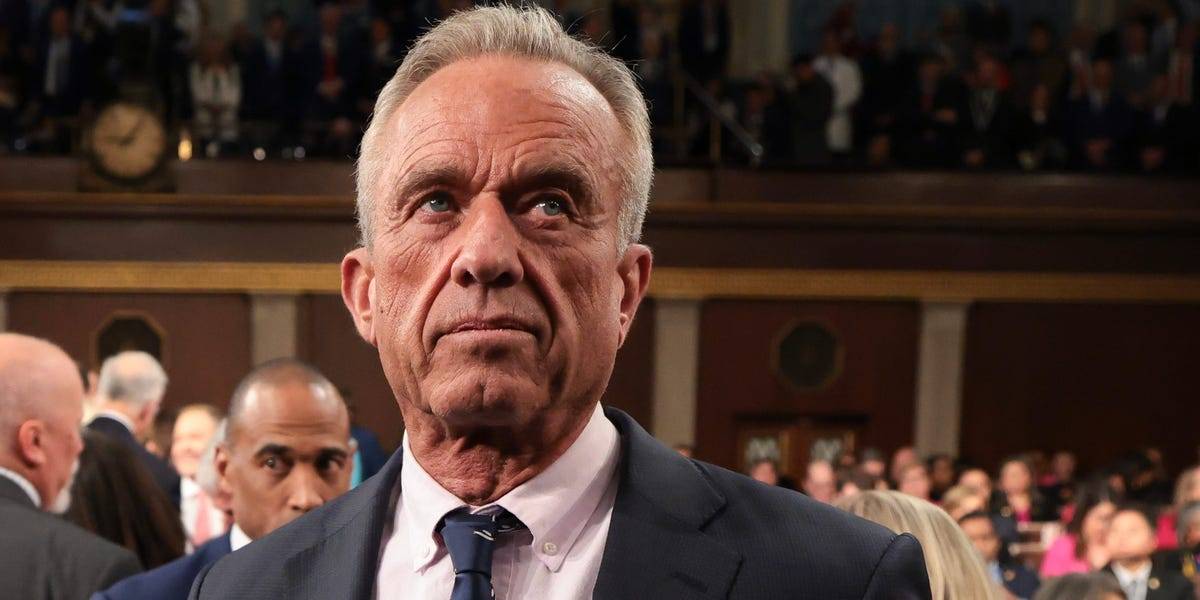Trump’s Proposed Tariffs Spark Global Diplomatic Reactions
Financial markets worldwide are showing signs of volatility as countries begin formulating responses to former President Trump’s proposed blanket tariffs. Trump recently declared his plan to implement a 10% universal tariff on all imported goods if he returns to office, with potential 60% duties specifically targeting Chinese products. He dramatically dubbed January 20, 2025 as “tariff liberation day,” signaling a potential major shift in global trade dynamics.
The announcement has already triggered diplomatic maneuvers across multiple continents. European Union officials have begun quiet contingency planning, with internal documents revealing preparation for possible retaliatory measures. “We must be ready to defend European economic interests while maintaining dialogue channels,” said a senior EU trade official who requested anonymity due to the sensitivity of ongoing discussions.
Markets React with Volatility
Markets hate uncertainty, and this latest development has injected significant unpredictability into global economic forecasts. The S&P 500 experienced modest declines following Trump’s statements, while the dollar strengthened against a basket of major currencies. Commodity prices, particularly for aluminum and steel, saw upward pressure as traders factored in potential supply chain disruptions.
China’s Strategic Response
China, potentially facing the steepest tariffs, has responded with measured diplomatic language while simultaneously accelerating efforts to reduce dependency on U.S. markets. “China advocates for mutually beneficial trade relations based on respect and reciprocity,” stated a Chinese Commerce Ministry representative. Behind the scenes, however, Beijing has reportedly instructed key industries to prepare contingency plans for reduced access to American consumers.
Economic Concerns About Inflation
Economic analysts have raised concerns about inflationary pressures resulting from broad tariff implementation. Research from the Peterson Institute for International Economics suggests universal tariffs could increase consumer costs by 0.3% to 0.5% annually. “Tariffs function essentially as a tax on American consumers,” explained Dr. Margaret Chen, international trade economist at Columbia University. “When companies face higher import costs, those expenses typically get passed down to everyday shoppers.”
Small Business Voices in the U.S.
Small business owners across the United States express mixed reactions to the tariff proposals. Sarah Jennings, who owns a home goods retailer in Ohio, worries about supply chain disruptions. “We’re just recovering from pandemic-related shortages. New tariffs would force me to raise prices or cut staff,” she explained. Meanwhile, James Wilson, a Pennsylvania steel fabricator, believes tariff protection could help domestic manufacturers compete. “For decades, we’ve watched foreign competitors undercut us with government-subsidized products,” Wilson noted.
Historical Lessons from Past Trade Disputes
Historical data from previous trade disputes suggests mixed outcomes from protective tariffs. During the 2018–2019 trade tensions, U.S. manufacturing employment showed modest gains in protected sectors but overall economic growth slowed as input costs rose and retaliatory measures limited export opportunities. The Federal Reserve estimated those tariffs cost the average American household approximately $831 annually.
Concerns Among U.S. Trade Partners
Canada and Mexico, America’s largest trading partners under the USMCA agreement, face particular uncertainty. Canadian Prime Minister Justin Trudeau emphasized the integrated nature of North American supply chains during recent public remarks. “Our economies are deeply intertwined. Disrupting this relationship hurts workers and businesses on both sides of the border,” Trudeau said at a Toronto economic forum last week.
Guidance from Financial Institutions
Financial institutions have begun advising clients to diversify investments across multiple markets to hedge against trade-related volatility. JPMorgan’s latest global market strategy report recommends increased exposure to domestic-focused companies less vulnerable to import restrictions. “Companies with primarily U.S.-based supply chains may experience a competitive advantage in a high-tariff environment,” the report suggests.
Impact on Consumer Goods and Retailers
Consumer goods importers face particularly difficult strategic decisions. Retail giants like Walmart and Target rely heavily on global supply networks to maintain competitive pricing. “Large retailers might initially absorb some tariff costs to maintain market share, but eventually those expenses will reach consumers,” explained retail analyst Michael Greenberg from Morgan Stanley.
Legal Implications and Trade Policy Shift
The proposed tariff structure would represent a significant departure from decades of U.S. trade policy focused on reducing barriers. World Trade Organization rules generally limit tariffs among member nations, though national security exceptions provide potential loopholes. Legal experts predict any broad implementation would face immediate challenges in international trade courts.
Labor Unions’ Divided Opinions
Labor groups remain divided on the potential impact. Some manufacturing unions have cautiously welcomed protective measures while expressing concern about broader economic effects. “We support policies that create good American jobs, but we need comprehensive strategies beyond just tariffs,” said United Steelworkers president in a recent press statement.
Outlook Moving Toward 2024
As the political landscape evolves toward the 2024 election, markets will likely experience continued uncertainty regarding future trade policies. Economists recommend businesses develop flexible supply strategies to weather potential disruptions in global commerce.








